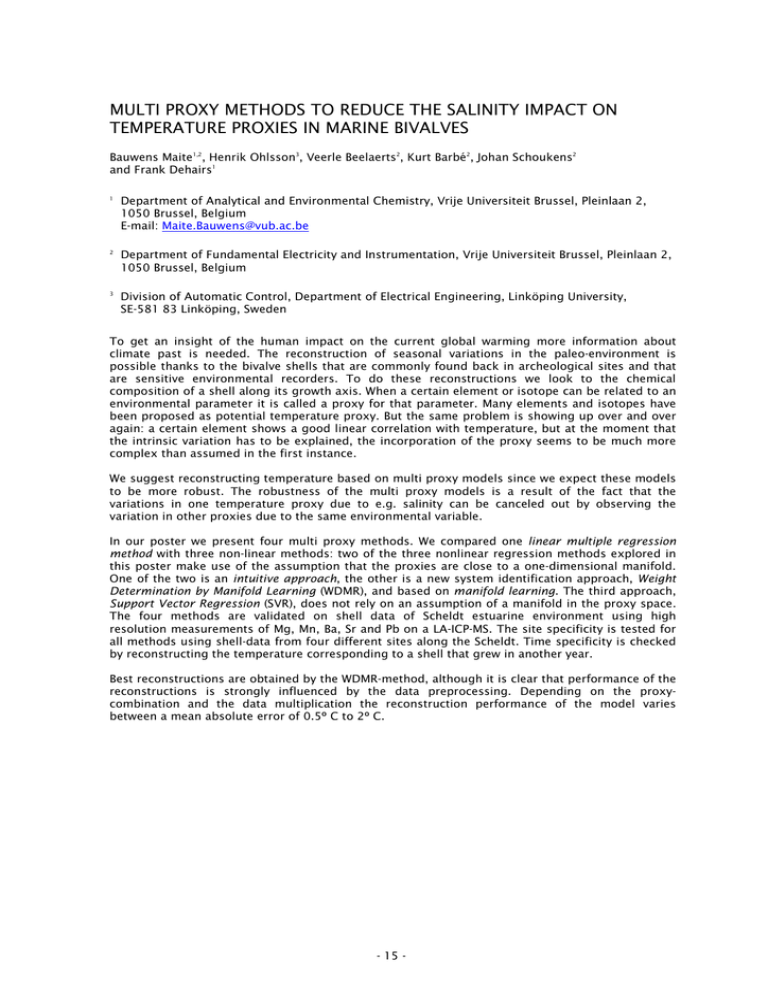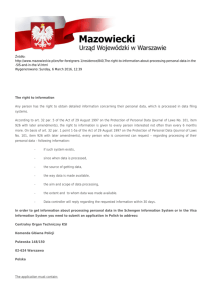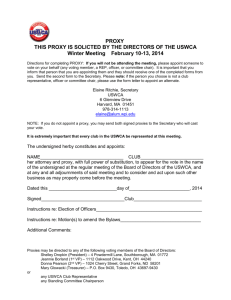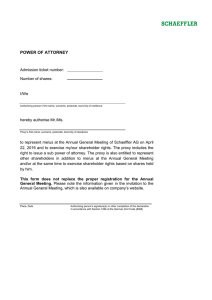MULTI PROXY METHODS TO REDUCE THE SALINITY IMPACT ON
advertisement

MULTI PROXY METHODS TO REDUCE THE SALINITY IMPACT ON TEMPERATURE PROXIES IN MARINE BIVALVES Bauwens Maite1,2, Henrik Ohlsson3, Veerle Beelaerts2, Kurt Barbé2, Johan Schoukens2 and Frank Dehairs1 1 Department of Analytical and Environmental Chemistry, Vrije Universiteit Brussel, Pleinlaan 2, 1050 Brussel, Belgium E-mail: Maite.Bauwens@vub.ac.be 2 Department of Fundamental Electricity and Instrumentation, Vrije Universiteit Brussel, Pleinlaan 2, 1050 Brussel, Belgium 3 Division of Automatic Control, Department of Electrical Engineering, Linköping University, SE-581 83 Linköping, Sweden To get an insight of the human impact on the current global warming more information about climate past is needed. The reconstruction of seasonal variations in the paleo-environment is possible thanks to the bivalve shells that are commonly found back in archeological sites and that are sensitive environmental recorders. To do these reconstructions we look to the chemical composition of a shell along its growth axis. When a certain element or isotope can be related to an environmental parameter it is called a proxy for that parameter. Many elements and isotopes have been proposed as potential temperature proxy. But the same problem is showing up over and over again: a certain element shows a good linear correlation with temperature, but at the moment that the intrinsic variation has to be explained, the incorporation of the proxy seems to be much more complex than assumed in the first instance. We suggest reconstructing temperature based on multi proxy models since we expect these models to be more robust. The robustness of the multi proxy models is a result of the fact that the variations in one temperature proxy due to e.g. salinity can be canceled out by observing the variation in other proxies due to the same environmental variable. In our poster we present four multi proxy methods. We compared one linear multiple regression method with three non-linear methods: two of the three nonlinear regression methods explored in this poster make use of the assumption that the proxies are close to a one-dimensional manifold. One of the two is an intuitive approach, the other is a new system identification approach, Weight Determination by Manifold Learning (WDMR), and based on manifold learning. The third approach, Support Vector Regression (SVR), does not rely on an assumption of a manifold in the proxy space. The four methods are validated on shell data of Scheldt estuarine environment using high resolution measurements of Mg, Mn, Ba, Sr and Pb on a LA-ICP-MS. The site specificity is tested for all methods using shell-data from four different sites along the Scheldt. Time specificity is checked by reconstructing the temperature corresponding to a shell that grew in another year. Best reconstructions are obtained by the WDMR-method, although it is clear that performance of the reconstructions is strongly influenced by the data preprocessing. Depending on the proxycombination and the data multiplication the reconstruction performance of the model varies between a mean absolute error of 0.5º C to 2º C. - 15 -





